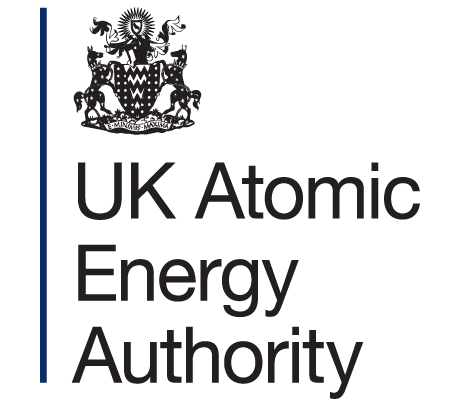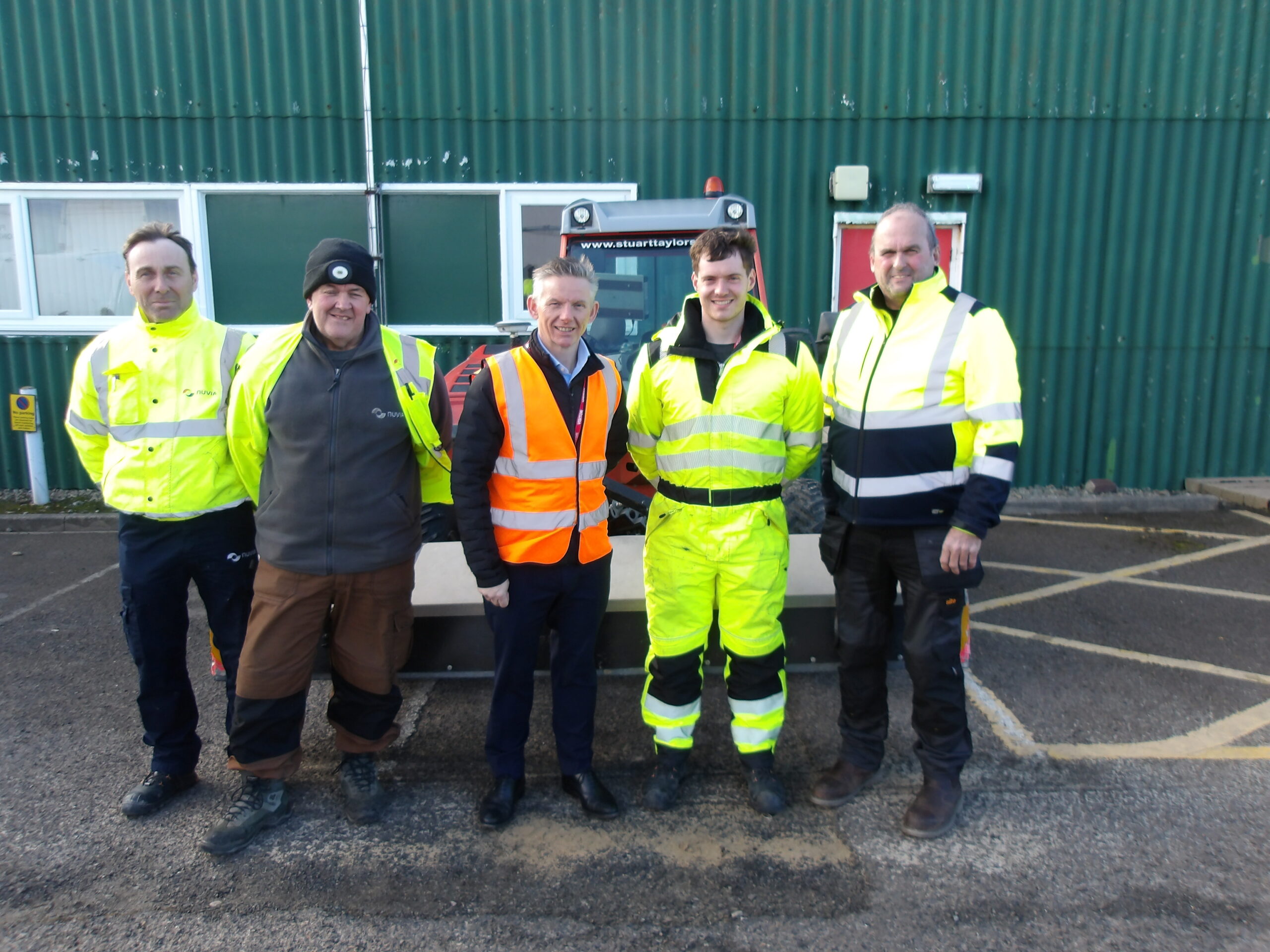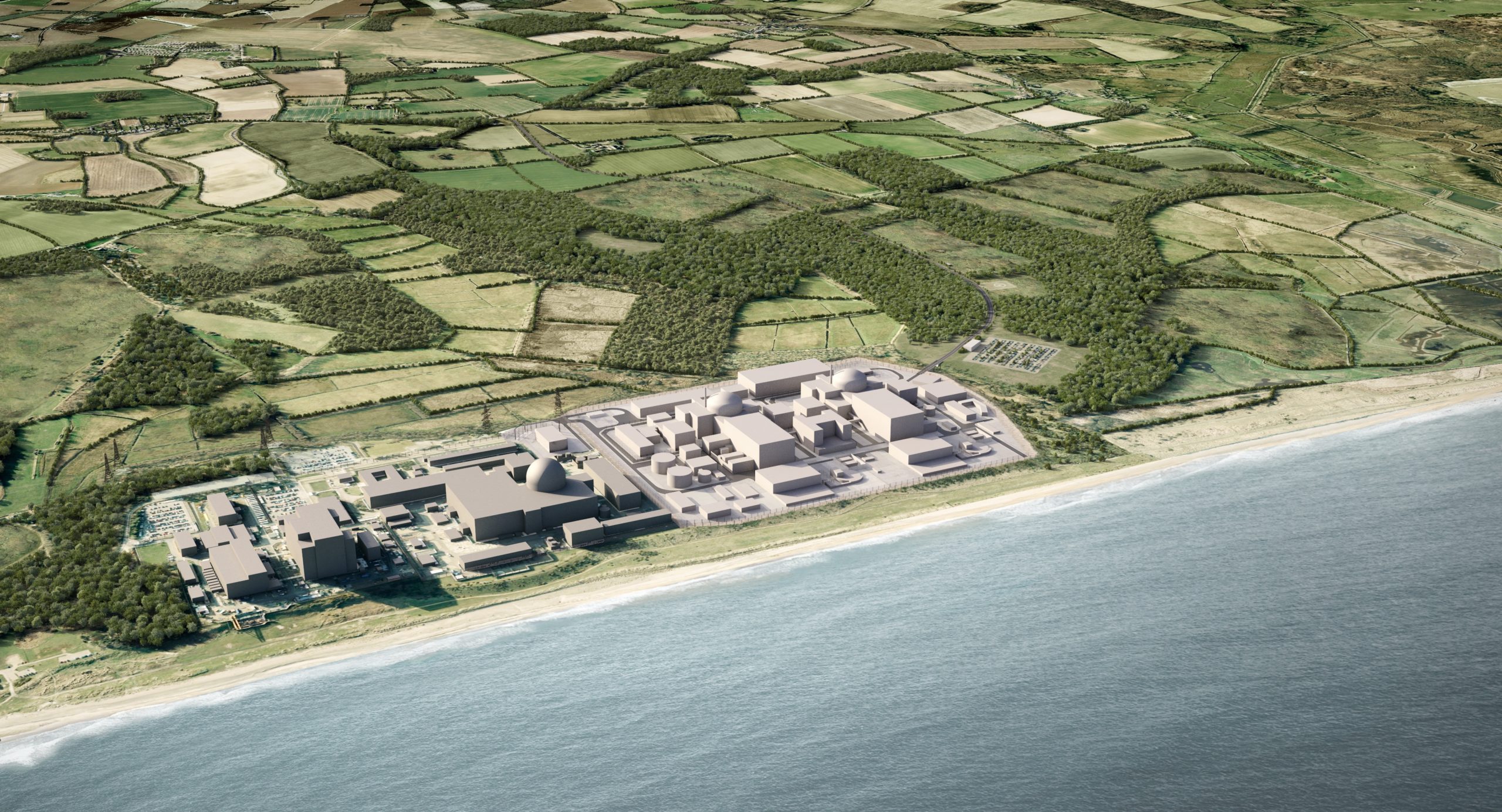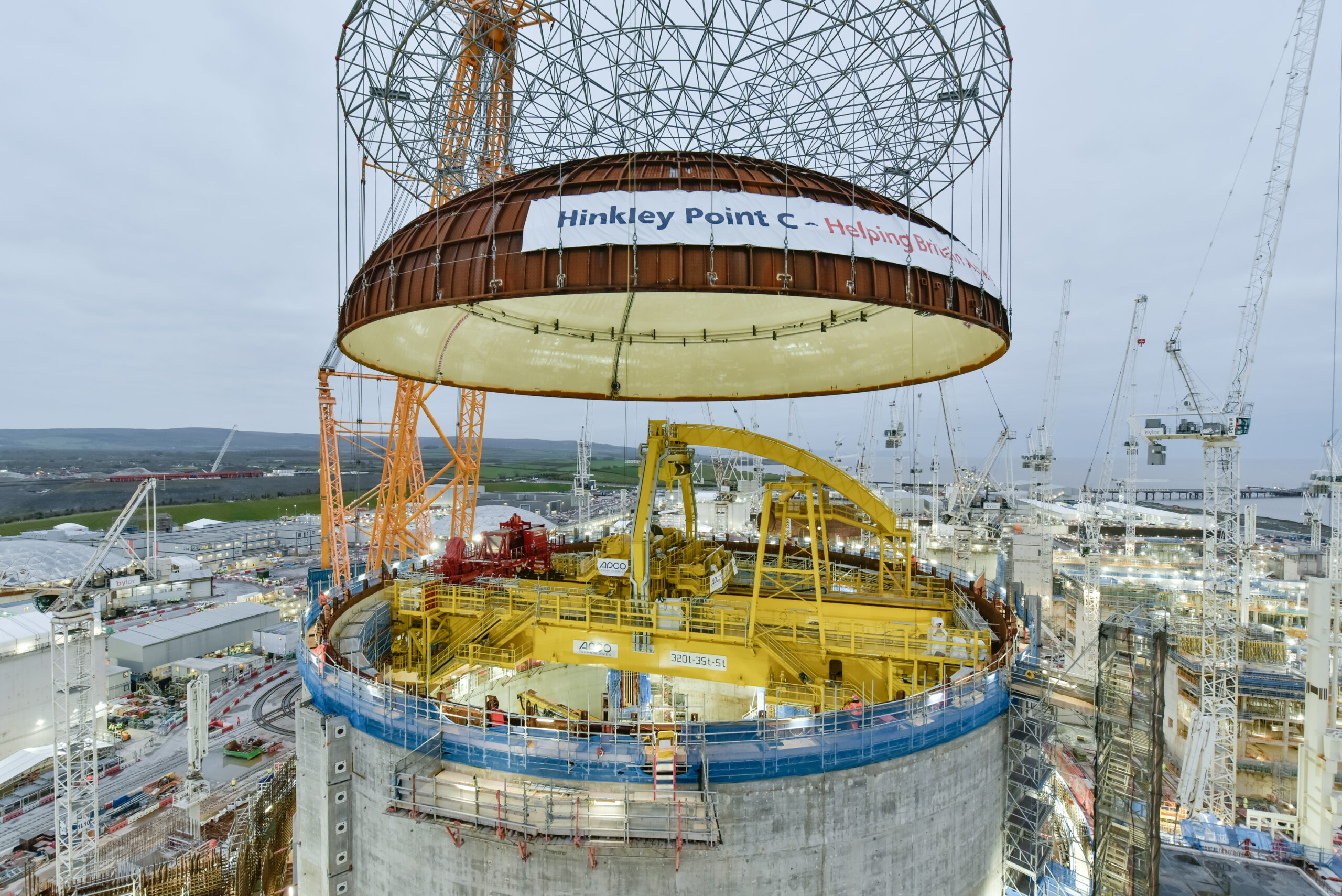Record 23,900 nuclear workers in the South West, 60% year on year jump
Hinkley Point C project key to driving skills and jobs growth
Nuclear critical to region’s economic prosperity
The number of people working in the nuclear sector in the South West has risen to its highest level ever, according to new data from the Nuclear Industry Association’s annual Jobs Map.
There are currently 23,938 people working in the region’s civil nuclear industry, 8,927 more than in 2022, a 60% rise. No other region saw a bigger increase in jobs numbers this year.
The industry remains critical to the South West’s economic development, with the construction of EDF’s Hinkley Point C playing a vital role in creating employment and enhancing its skills base.
Around 9,500 people are currently working at the Hinkley site, making it one of Europe’s largest construction projects, with over 1,000 apprentices trained to date. Over £5 billion has already spent across the region from the project, more than three times the initial target of £1.5 billion.
The size of the South West’s workforce is second only to the North West, with that region boasting 27,024 jobs, up 5% compared to 2022. It is home to a world-class skills base in decommissioning, fuel cycle research and reactor design.
Across the UK, 77,413 people work in the civil nuclear sector, 20% more than in 2022, and the highest number in at least 20 years. The UK, however, must train tens of thousands of additional workers to deliver the government’s 24 GW nuclear target by 2050.
Jobs in nuclear in are stable, skilled and well-paid. Research from Oxford Economics earlier in 2023 also showed that over a third of nuclear jobs in England are in the 25% most deprived local authorities. Across the country each nuclear worker contributes an average of £102,300 in gross value added to the economy.
Case Study – Nicola Giles, Welding Apprentice, Hinkley Point C said:
“My friend went straight into welding after school and she told me lots more women are entering this line of work. I enrolled as an apprentice at Hinkley Point C and I’m being trained at Bridgwater and Taunton College. I’m being shown all different types of techniques – and I can’t wait to put this into practice during my training on site later this year.”
Reacting to the 2023 Jobs Map, Tom Greatrex, Chief Executive of the Nuclear Industry Association, said:
“The nuclear industry continues to be a powerhouse employer in the South West, sustaining thousands of high-skilled, well-paid jobs which make a significant contribution to the UK energy security net zero future.
“We can have more of these jobs and these opportunities for the next generation if we get on with building Sizewell C and new stations at places like Oldbury. That way we can deliver clean, reliable, home grown power with the high quality work that our communities need.”
Ian Liddel Grainger MP, Bridgwater and Nuclear APPG Chair, said:
“The UK must commit to new nuclear. The nuclear industry is intergenerational, providing secure high-value employment for communities across the UK.
“I am delighted to see a 20% increase in the number of jobs which significantly contribute to levelling up, UK energy security and our net zero future.
“Great British Nuclear presents an opportunity for the Government to bring real meaning to ‘levelling up’ and commit to a pipeline of nuclear projects over the next few decades, building up skills and ensuring more jobs that provide secure, reliable and British power.”
Andy Prendergast, GMB National Secretary, said:
“The difference the nuclear industry is making to the South West is incredible, thousands of good, well paid, unionised jobs that underpin every part of the economy.
“The fact that over a thousand apprentices have been taken on, being trained for high skilled jobs, just shows how the sector is investing in our future, not just as part of the move towards net zero, but in the next generation who will get us there.”
| Regional Totals | 2022 | 2023 | Difference +/- | Percentage +/- | ||
| East Midlands | 3,967 | 4,548 | 581 | 14.65% | ||
| East of England | 1,795 | 1,523 | -272 | -15.15% | ||
| London | 1,026 | 2,635 | 1,609 | 156.82% | ||
| North East | 1,698 | 1,872 | 174 | 10.25% | ||
| North West | 25,750 | 27,024 | 1,274 | 4.95% | ||
| Northern Ireland | 8 | 8 | 0 | 0.00% | ||
| Scotland | 3,664 | 3,676 | 12 | 0.33% | ||
| South East | 8,138 | 8,697 | 559 | 6.87% | ||
| South West | 15,011 | 23,938 | 8,927 | 59.47% | ||
| Wales | 800 | 825 | 25 | 3.13% | ||
| West Midlands | 980 | 991 | 11 | 1.12% | ||
| Yorkshire and the Humber | 1,270 | 1,200 | -70 | -5.51% | ||
| Various site and home based workers | 402 | 476 | 74 | 18.41% | ||
| Total | 64,509 | 77,413 | 12,793 | 19.83% |
ENDS
Notes to editors:
- Access the 2023 Jobs Map here.
- The Jobs Map is made up of participating NIA members
- The UK has five generating nuclear power stations, providing around 15% of the country’s electricity from 5.9 GW of capacity. All but one are scheduled to retire by 2028.
- Hartlepool and Heysham 1 are scheduled to retire by March 2026, and Heysham 2 and Torness are scheduled to retire by March 2028.
- Hinkley Point C, the only new nuclear power station under construction in the UK, is due to begin generating in 2027.
- Nuclear has saved the UK 2.3 billion tonnes of carbon emissions, far more than any other source. The saving is equivalent to all UK emissions from 2015 through 2020.
About the Nuclear Industry Association
As the trade association for the civil nuclear industry in the UK, the Nuclear Industry Association represents more than 250 companies across the UK’s nuclear supply chain.
Links
Visit our website: www.niauk.org
Follow the NIA on Twitter @NIAUK and LinkedIn
For further information, please contact:
[email protected]
+44 7517 108023











